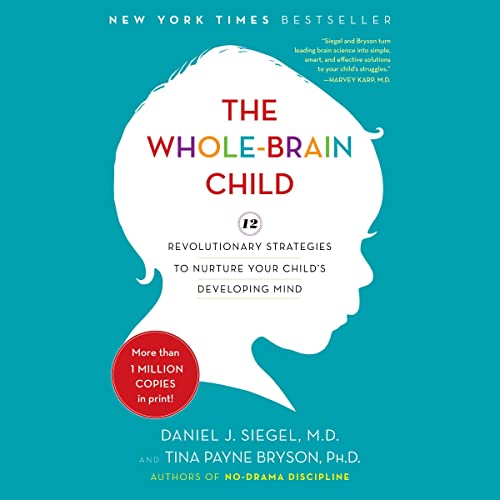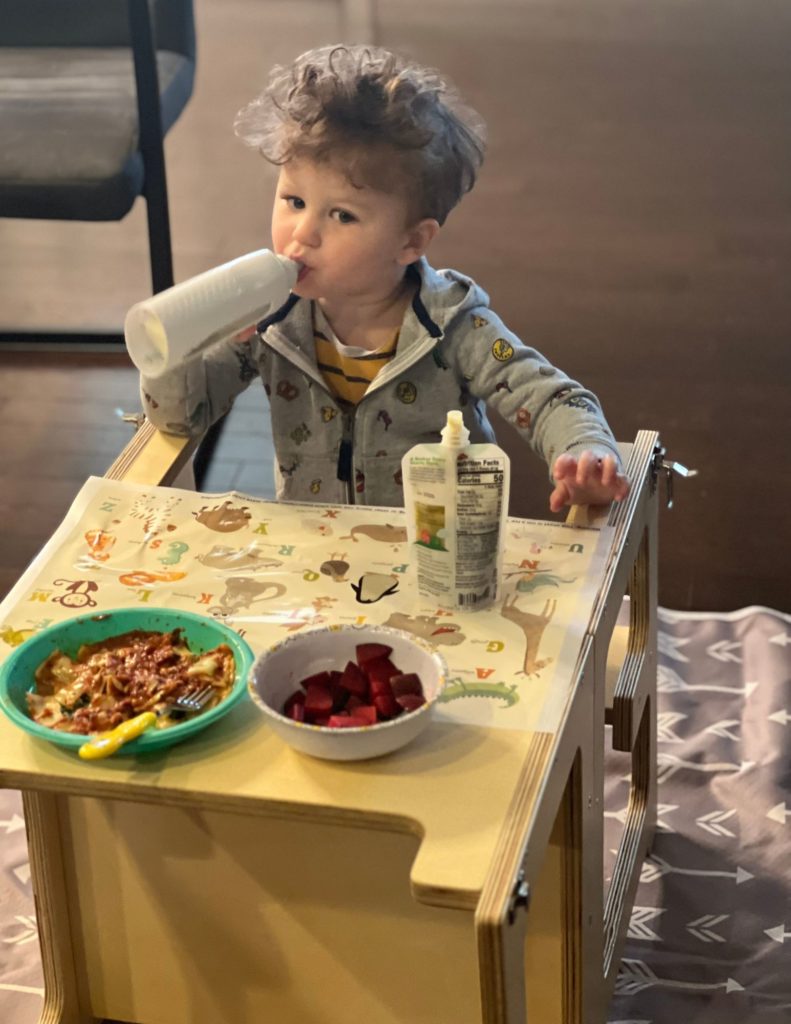By Daniel J. Siegel, Tina Payne Bryson
This is the first of my blog book reviews- So please be patient with me! I am excited to start this project with the ultimate idea of trying to help as many parents with useful information that has helped me in the past. I am a working mom and my job has about a 45 minute commute, therefore I have spent A LOT of time listening to various developmental books on topics from parenting and development, to love and relationships, to building better habits, even topics about psychology and money. I am a huge fan of Audible, I have the premium plus membership that costs $14.95 a month and gives you member credits along with all of the features of the plus membership. Plus prime members get 2 free books the first month. If you are interested check it out for free.
$7.95 after 30-day trail, cancel anytime
$14.95 after 30-day trail, cancel anytime
“The Whole-Brain Child” is a game-changer when it comes to understanding and nurturing the minds of our precious toddlers. Written in a warm and relatable style, the authors combine scientific research with practical strategies to help us make sense of our child’s behavior and emotions, and to foster healthy brain development.
One of the most valuable aspects of this book is its focus on the “whole brain.” Siegel and Bryson explain how our little ones’ brains are a complex system, consisting of different regions that work together to shape their thoughts, feelings, and actions. By understanding the brain’s inner workings, we can respond to our children’s needs in a way that promotes their emotional well-being and supports their cognitive growth.
What truly resonated with me is the authors’ emphasis on connection and communication. They stress the importance of building strong parent-child bonds and nurturing secure attachments. Siegel and Bryson offer practical strategies to engage our toddlers’ emotional and logical brains simultaneously, such as “name it to tame it,” where we help our children put words to their emotions. This simple technique allows us to acknowledge their feelings, validate their experiences, and guide them towards self-regulation.
The book is filled with relatable examples and anecdotes that make the concepts come alive. I found myself nodding along, recognizing my own child’s behaviors and challenges within the pages. The authors provide step-by-step guidance on how to handle everyday struggles like tantrums, meltdowns, and sibling rivalry, offering clear strategies that address the underlying brain processes at play.
Furthermore, “The Whole-Brain Child” doesn’t just provide us with practical tools for the present; it also equips us with knowledge for the future. Siegel and Bryson explain how early experiences shape our children’s brain architecture and lay the foundation for lifelong emotional well-being. They highlight the importance of fostering resilience, adaptability, and empathy in our toddlers, ensuring that they grow into emotionally intelligent individuals.
Conclusion: As parents, we have the remarkable opportunity to shape our children’s brains and influence their development. “The Whole-Brain Child” is a must-read for any parent of a toddler. With its accessible language, relatable examples, and practical strategies, this book empowers us to connect with our children on a deeper level, foster healthy brain development, and guide them through the ups and downs of their early years.
Let’s embrace the wisdom and insights shared by Siegel and Bryson, and embark on this parenting journey with a greater understanding of our toddlers’ developing minds. Together, we can help our little ones thrive and lay the groundwork for a brighter future.



